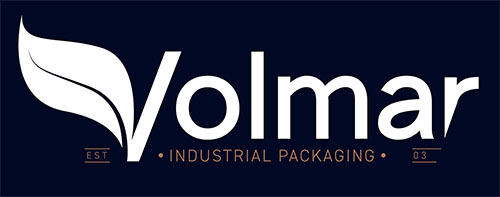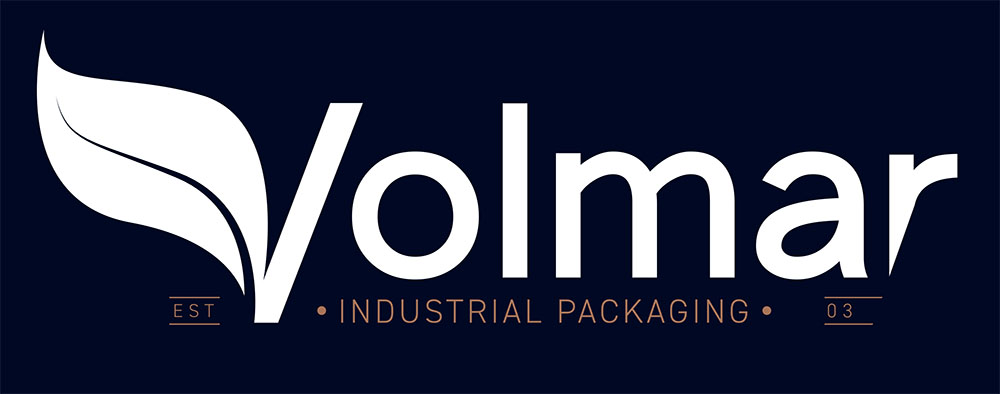
Food allergens must always be indicated on labels, on both pre-packed foods and non-prepacked foods. This is stipulated by European Union legislation on food allergens through EU Regulation 1169/2011 and recognized by Italian legislation on food allergens through Legislative Decree 231/2017.
It is important for allergens to be reported on food labels to ensure consumers are reliably informed, guaranteeing their safety and preventing the consumption of foods that can cause allergic reactions or intolerances. Here’s how allergens should be written on food labels according to the law.
What are food allergens?
Some foods contain allergens, which are potentially harmful to the health of people who are intolerant or allergic to those ingredients. That’s why it’s important for consumers to know how to recognize allergens on food labels, ensuring that those substances are indicated clearly and simply.
Here are the 14 food allergens that must be indicated on labels if present in foods:
- Cereals containing gluten (wheat, rye, barley, oats, spelt, Khorasan wheat), except for wheat-based glucose syrups including dextrose, wheat-based maltodextrins, barley-based glucose syrups, cereals used to make spirits including ethyl alcohol of agricultural origin.
- Crustaceans and products thereof.
- Eggs and products thereof.
- Fish and products thereof, except for fish gelatin used as a carrier for vitamin or carotenoid preparations, gelatin or Isinglass used as a fining agent in beer and wine.
- Peanuts and products thereof.
- Soybean and products thereof, except for refined soybean oil and fat, natural mixed tocopherols (E306), natural D-alpha tocopherol, natural D-alpha tocopherol acetate, natural D-alpha tocopherol succinate from soybean sources, vegetable oils derived from phytosterols and phytosterol esters from soybean sources, plant stanol ester produced from vegetable oil sterols from soybean sources.
- Milk and products thereof (including lactose), except for whey used to make spirits including ethyl alcohol of agricultural origin, lactitol.
- Nuts, such as almonds, hazelnuts, walnuts, cashew nuts, pecan nuts, Brazil nuts, pistachios, macadamia nuts and products thereof, except for nuts used for the preparation of spirits including ethyl alcohol of agricultural origin.
- Celery and products thereof.
- Mustard and products thereof.
- Sesame seeds and products thereof.
- Sulfur dioxide and sulfites in concentrations of over 10mg/kg or 10mg/liter in terms of total SO2, which must be calculated for products ready for consumption or reconstituted as instructed by the manufacturer.
- Lupin and products thereof.
- Mollusks and products thereof.
How should allergens be indicated on labels?
On food labels where the product contains allergens, these substances must be instantly recognizable for consumers. In foods that have a list of ingredients on the label, allergens must be highlighted, using bold, upper case or colored letters, for example. For foods that do not require a list of ingredients on the label, on the other hand, the presence of allergens must be specifically indicated.
Here’s an example of food labels with allergens for both cases:
- Natural flavorings (hazelnuts), oat malt extract, etc.
- Contains SULFITES.
For non-prepacked foods, on the other hand, the reference for the requirements for indicating allergens on labels in Italy is Legislative Decree 231/2017, which establishes that it is mandatory to have a notice reporting the allergens, or a similar system.
Failure to indicate allergens on a label is punishable by a fine of 2,000–16,000 euros for the individual responsible for the violation.

